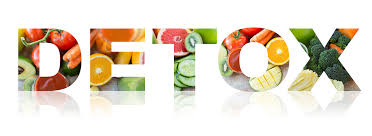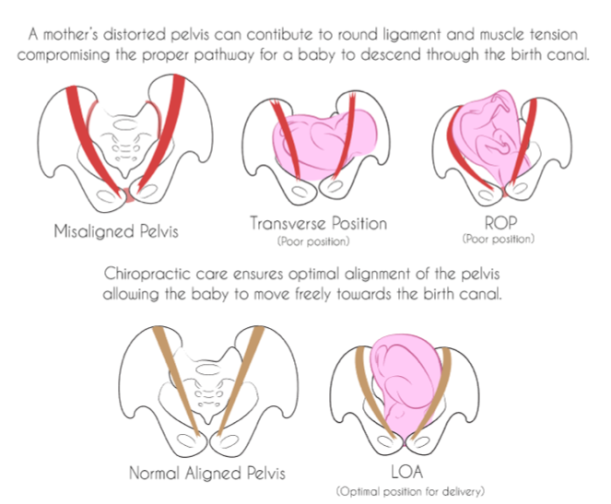“Sorry, I can’t, my ovaries are trying to claw their way out of me.” Sound familiar? Up to 40% of menstruating women experience Premenstrual Syndrome (PMS) symptoms severe enough to interfere with their daily activities. Many women accept this as “normal” but it doesn’t have to be! Making a few lifestyle changes can make a huge difference!
What is PMS?
PMS is the result of an imbalanced estrogen to progesterone ratio (aka too much estrogen). Symptoms include:
- Joint/muscle pain

- Headache
- Fatigue
- Weight gain
- Bloating
- Breast tenderness
- Acne
- Tension/ anxiety/ decreased mood
- Crying spells
- Mood swings/ irritability
- Food cravings
- Decreased concentration
- Social withdrawal
- Constipation/ diarrhea
PMS is exacerbated by several factors:
- Stress- increases the body’s demand for B vitamins and magnesium, making you susceptible to deficiency.
- Genetics- thanks Mom and Dad!
- Age- women in their 30s and 40s are more likely to have symptoms
- Multiple pregnancies- pregnancy also places a high demand on B vitamins and magnesium
- Alcohol/sugar/caffeine intake- place a higher demand on the liver which is responsible for removing excess estrogen from the blood
- Diet – studies have shown that women with lower calcium intake experience more symptoms than those with an adequate intake
- Lack of physical activity
- Diseases such as hypothyroidism or depression
What can you do to decrease your symptoms?
Diet, diet, diet! While there is a lot of conflicting information out there regarding the best diet, it all boils down to: eat your vegetables. Fill your plate with mostly vegetables, making sure to get plenty dark leafy greens (hello, calcium), a healthy protein (wild caught fish, grass fed meat, or eggs), and healthy fat (olive oil, coconut oil or avocado). Supplement with snacks of fruit and nuts when hungry. Eat this way 80% of the time and limit processed, nutrient poor foods like bread, pasta, and baked goods (yes, even gluten free ones) to special occasions.
You’ll notice dairy isn’t on the list. Cow’s milk is an amazing, nutrient dense beverage…for baby cows. It contains estrogen and is therefore a big no-no for anyone with PMS, especially during the last two weeks of one’s cycle. If you’re really struggling with giving up your lunchtime yogurt (yea, I know, greek yogurt is delicious) just google “conventional dairy production” for some motivation. Remember, milk is not a source of absorbable calcium (leafy greens, nuts, and seeds are) and there a lot of other sources of probiotics out there including dairy free yogurt (watch out for added sugar), sauerkraut, kimchi and kombucha. If you still can’t live without dairy, make sure it’s organic, raw, and from grass fed cows/goats.
Alright, dairy rant over. My next bone to pick is with coffee. I love coffee. The taste of it, the smell of it….this is a tough one for me personally to limit. This blog is getting a bit wordy and I recently read an article which covered the impact of caffeine on hormones on mindbodygreen.com so I’ll just go ahead and post the link:
http://www.mindbodygreen.com/0-24582/why-i-think-all-women-should-avoid-coffee.html
In addition to watching what’s on your plate, choosing high quality (physician grade) supplements including a B complex, magnesium/calcium, and vitamin D have been shown to alleviate symptoms of PMS in multiple studies.
Lastly, as a chiropractor (and someone who personally benefits from regular adjustments), restoring pelvic biomechanics helps to prevent cramping and low back pain during menstruation. Make the changes listed above and try getting assessed by a chiropractor to see if sacral dysfunction could be playing a role in your symptoms!



 Staying hydrated helps the body flush out toxins via the urine. Try starting your day out with 32 ounces of warm lemon water.
Staying hydrated helps the body flush out toxins via the urine. Try starting your day out with 32 ounces of warm lemon water. A lot of the yummy treats we’re enjoying this time of year are calorie rich but nutrient poor. In order to feel like you’re not depriving yourself, focus on adding the good stuff (like veggies, lean meats, and healthy fats) into your diet rather than subtracting the treats. Make sure you have a healthy breakfast like eggs with a big handful of wilted spinach or kale and avocado. If you know you won’t be able to say no to Mom’s ribbon cookies on Christmas, try to make your other meals lower carbohydrate.
A lot of the yummy treats we’re enjoying this time of year are calorie rich but nutrient poor. In order to feel like you’re not depriving yourself, focus on adding the good stuff (like veggies, lean meats, and healthy fats) into your diet rather than subtracting the treats. Make sure you have a healthy breakfast like eggs with a big handful of wilted spinach or kale and avocado. If you know you won’t be able to say no to Mom’s ribbon cookies on Christmas, try to make your other meals lower carbohydrate. indigestion by increasing the speed of gastric emptying. A recent study demonstrated that 2 grams of ground ginger daily helped decrease blood sugar by 12%..so it’s ideal to take before a carb heavy meal! My favorite way to enjoy ginger is as a tea.
indigestion by increasing the speed of gastric emptying. A recent study demonstrated that 2 grams of ground ginger daily helped decrease blood sugar by 12%..so it’s ideal to take before a carb heavy meal! My favorite way to enjoy ginger is as a tea. provides gas relief by relaxing the muscles of the intestines. Place a few drops of the essential oil in water to alleviate upset stomach and indigestion.
provides gas relief by relaxing the muscles of the intestines. Place a few drops of the essential oil in water to alleviate upset stomach and indigestion.
 few symptoms are present aside from disturbed sleep. Next, DHEA levels start to drop but cortisol remains high causing a feeling of “wired but tired” and crashing in the evening. The third stage of adrenal insufficiency results in tiredness, compromised immunity, and lowered sex drive. This is because the precursor to both cortisol and sex hormones is pregnenolone and in response to stress, cortisol is produced at the expense of sex hormones. The last phase is adrenal burnout which is identified by a decrease in cortisol, DHEA, and neurotransmitters. Symptoms include extreme tiredness, loss of sex drive, anxiety, weight loss and depression.
few symptoms are present aside from disturbed sleep. Next, DHEA levels start to drop but cortisol remains high causing a feeling of “wired but tired” and crashing in the evening. The third stage of adrenal insufficiency results in tiredness, compromised immunity, and lowered sex drive. This is because the precursor to both cortisol and sex hormones is pregnenolone and in response to stress, cortisol is produced at the expense of sex hormones. The last phase is adrenal burnout which is identified by a decrease in cortisol, DHEA, and neurotransmitters. Symptoms include extreme tiredness, loss of sex drive, anxiety, weight loss and depression.


